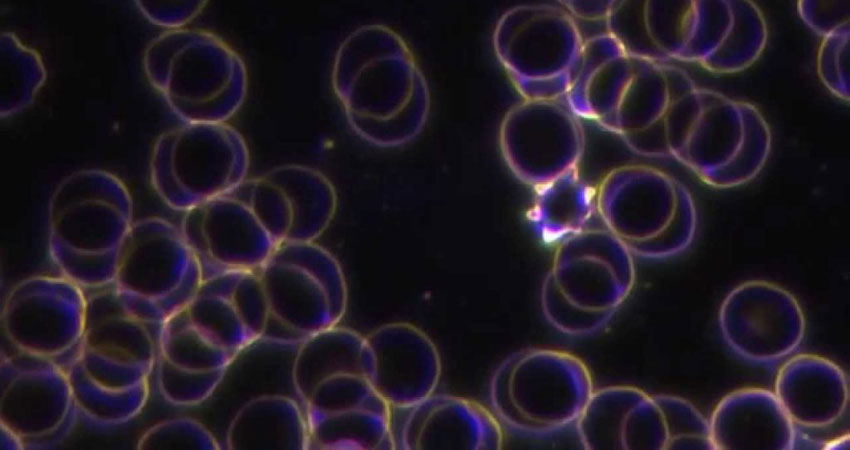When I was doing my undergraduate work at UC Davis, I spent much of my time in the medical school doing Neurosurgical stroke research. Our team discovered if you administer large doses of barbiturates to the patient just after a stroke, less brain tissue dies.
It is still never used. Whether it is liability issues or impossibility of new drugs to be patented and economically controlled, most strokes do their damage and we just hope for the best outcome. In Oncology and hematology, normal $500 microscopes are still the favorite even amongst the chiefs at Harvard. Their textbooks of disease were written for a blood SMEAR and a STAIN, which takes a pretty nice snapshot of structures within white cells and observes the red cells in a generalized view.
After going to Europe and specifically Germany about 25 times, I spent week after week with pathologists, hematologists and normal general doctors who exclusively use Darkfield Microscopy in their assessment. It spreads light to create an OUTLINE of every cell and particle in the plasma. Now we can see how the cells actually behave in a living state. These microscopes run around $16,000, but that's the price of seeing the true state. As the oxygen becomes depleted under the coverglass, a rate of degeneration is seen proportionate to the state of health of the patient. This method of interpretation called Enderlein Analysis was astounding to me, and so I decided to bring it to the US in 1990. It sees what they miss.


